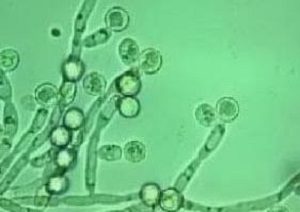News
Emerging Life-Threatening Fungal Infection
From the Desk of Dr. John Molinari, Director of Infection Control
Healthcare facilities are experiencing major problems controlling the spread of C .auris .This fungus can survive for at least a month on inanimate surfaces. Transmission has been shown via contact with infected persons and contaminated environmental surfaces and equipment. This is being addressed by emphasizing good hand hygiene practices and thorough surface cleaning and disinfection. Other possible modes of transmission are being investigated as the number of cases continues to increase.
The incidence of fungal infections, especially those caused by Candida species, began to increase dramatically after the widespread introduction of anti-bacterial antibiotics. Although not normally serious pathogens in healthy persons, Candida comprises a major group of opportunistic pathogens in immune compromised persons. While C. albicans remains a common isolate from patient infections, another mycotic species, C. auris, is currently spreading rapidly in over a dozen countries, and presents a new infection control challenge for hospitals and other health care facilities. In addition to causing life-threatening, invasive infections in hospitalized patients who were already suffering from other serious illnesses, C. auris is resistant to the common anti-mycotic drugs which have been previously used to treat Candida infections. Certain C. auris isolates are even resistant to all types of antifungal agents. This is complicated by the fact that clinical laboratories are having difficulty distinguishing and identifying C. auris from similar fungi. Specialized, time-consuming procedures are thus required to confirm the cause of infection prior to treatment.

